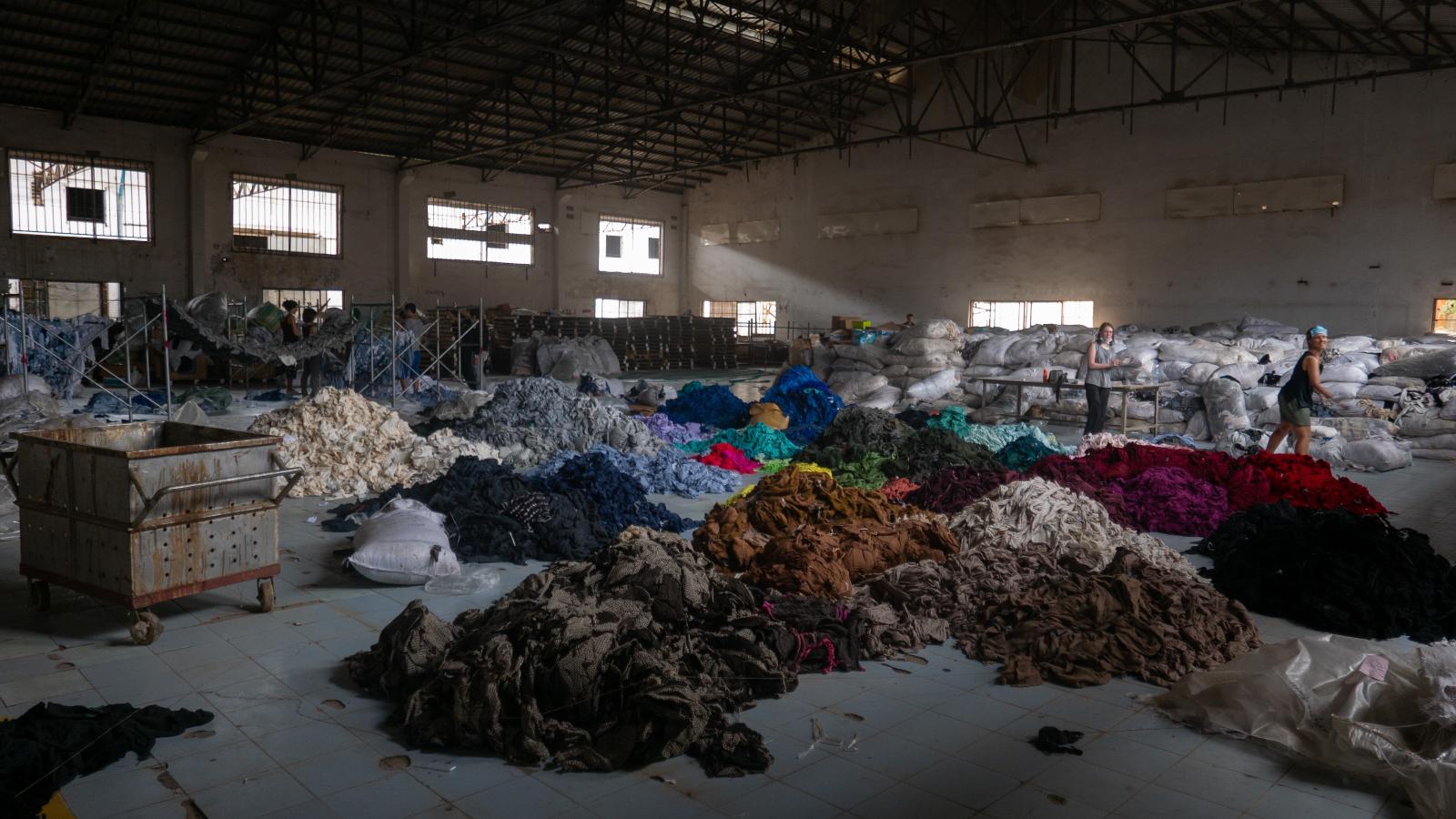The real of cost of your new look is higher than you think

Behind all the glitz and glamor, the fashion industry has a soberingly large carbon footprint: The fashion industry is responsible for up to some 8-10% of global carbon emissions and 20% of wastewater globally, according to a United Nations Economic Commission for Europe report. Producing and delivering your favorite sweaters and sneakers to a storefront near you takes more energy than the aviation and shipping industry combined, according to the UNFCCC. It takes almost 3.8k liters of water to make and deliver just one pair of jeans. And at current levels of production, the industry is on track to grow its greenhouse gas emissions by over 50% by 2030.
Waste is another problem deeply embedded into the fabric of fashion: Some 87% of all textiles are eventually discarded and find their way into landfills or end up being incinerated. Even more disturbing is that in some countries, as much as 40% of purchased clothing never even gets one wear. Since 2000, the number of new garments produced annually has doubled to around 100 bn. As fashion cycles grow shorter and global fast-fashion retailers churn out newer products at increasing speed, the amount of waste produced by the industry could exact an even larger toll on the planet.
There’s also the problem of harmful microfibers which seep out into our oceans and waterways every time we wash our clothes. Some 16-35% of the microplastics currently in our oceans can be traced back to synthetic fibers used in garment manufacturing that have escaped our washing machines and entered into our sewage systems before being unleashed into our waterways. Aside from the immediate harm to marine life, toxic microplastics in our ecosystems inevitably end up in our drinking water and food.
Some of the perpetrators have pledged to produce more sustainably: Fast fashion powerhouse H&M has pledged to reach “net-zero” by 2040 and to power its operations through a circular model. Iconic denim manufacturer Levis has pledged (pdf) to cut its greenhouse gas emissions by 40% across all segments of its supply chain by 2025 and make a 90% reduction in emissions in all of its owned facilities.
One (partial) solution could be digital: For many, fashion can be an essential form of expression and reducing one’s wardrobe over environmental concerns may seem like an impossible task. This is where digital fashion comes in. With potentially limitless (and laws-of-physics-defying) options, digital fashion offers some of the same scope to define your image on social media or in the metaverse, at a significantly reduced ecological cost. Fashion shows, which often rack up a pretty high carbon footprint, could be going online as well.
Relying on alternative materials in production could be another: Replacing pollutants like plastic and petroleum-based synthetic fibers with more ethical materials is part of the way forward for many fashion houses. Brands like Adidas, Stella McCartney and Lululemon are already backing mycelium-leather manufacturer Mylo in a bid to transition towards more sustainable leather-alternatives. Other high-fashion brands like Burberry and Balenciaga are also working in-house to develop a new roster of less environmentally taxing materials in their production processes — from lobster shells to lotus stems.
The most effective way to curb the negative effects of the industry? Make and buy less clothing: As a consumer, one of the most effective steps you can take is to vote with your feet and buy less clothing. It's easier said than done, but thinking more deeply about what you actually need and opting for fewer, higher -quality garments instead of heaps of fast fashion can go a long way in reducing your carbon footprint. If you absolutely need to get your hands on something new for a special occasion, consider renting instead of buying or buying second-hand. Local outlets like La Reina can offer a hand.